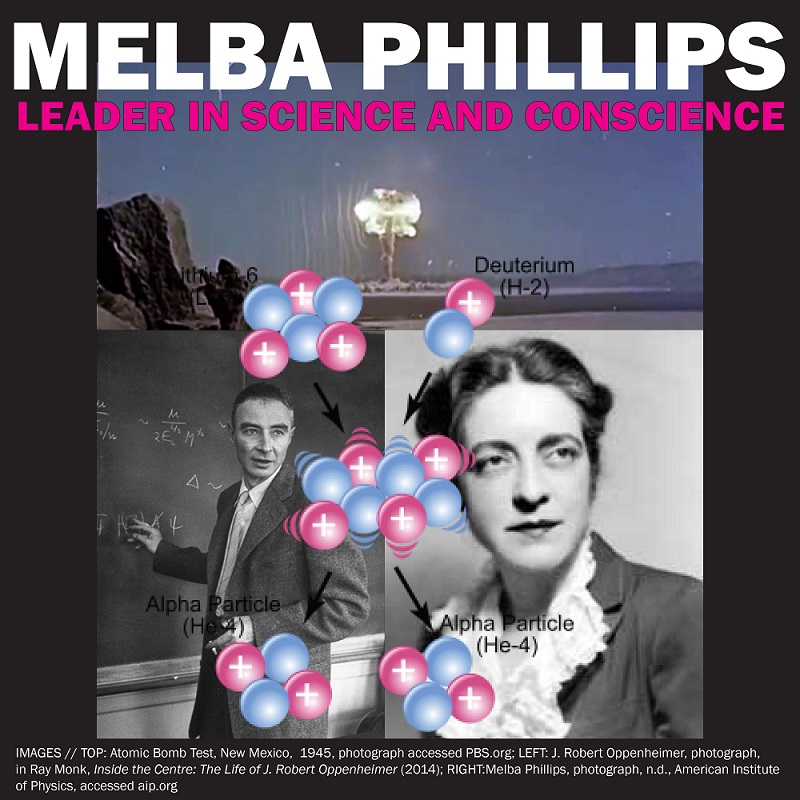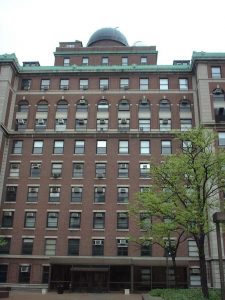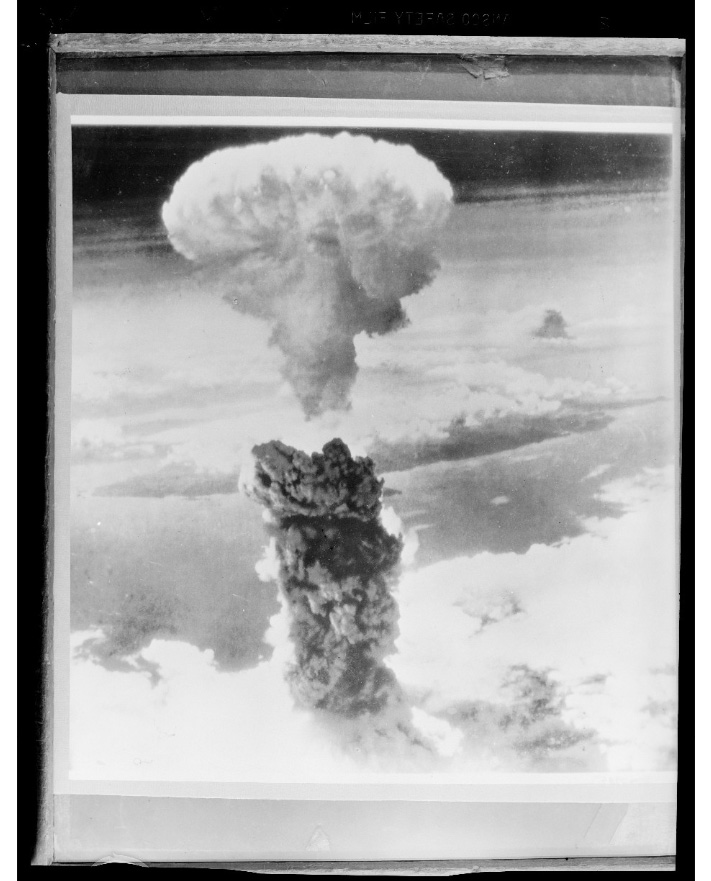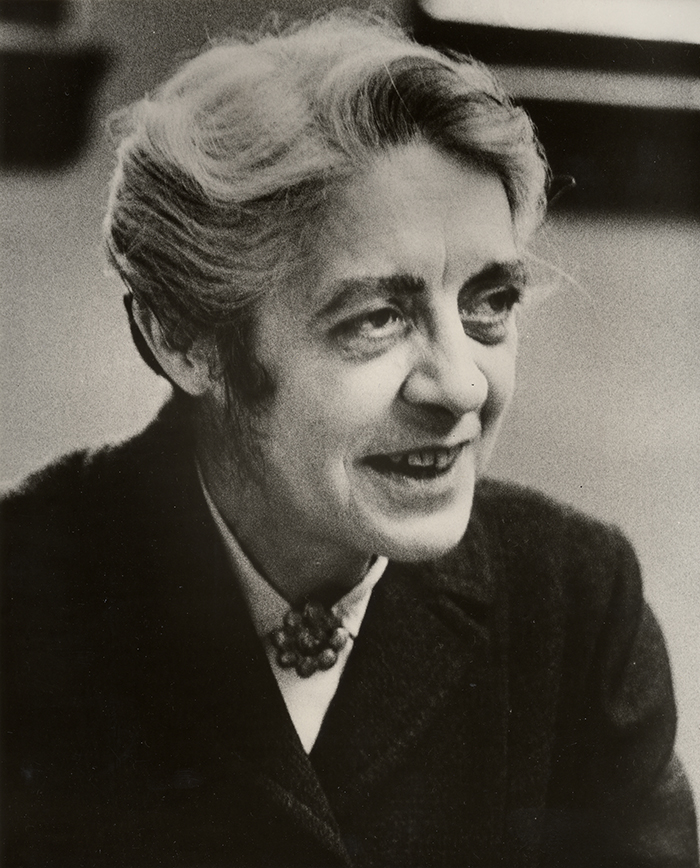
See Part One to learn about Phillips’s contributions to physics via the Oppenheimer-Phillips effect and her work to prevent the future use of atomic energy for war.
The Second World War, particularly the use of the atomic bomb, gave way to the Cold War. Living in the shadow of the threat of a nuclear war with the Soviet Union induced anxiety among many Americans. While Senator Joseph McCarthy became the public face of fear of homegrown communists, many other paranoid and xenophobic senators participated in the witch hunts. In 1950, Nevada Senator Pat McCarran sponsored the McCarran Internal Security Act, which allowed for investigation of “subversive activities;” made an “emergency” allowance for detaining people suspected of such activity; and even made picketing a courthouse a felony if it “intended” to obstruct proceedings. The act also provided for a five-member committee with the Orwellian title of the Subversive Activities Control Board (SACB), which was headed by McCarran and tasked with rooting out communists, communist-sympathizers, and other “subversives.” The SACB, or the McCarran Committee as it was more commonly called, went to work immediately.
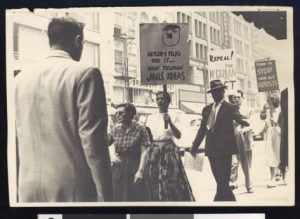
In 1952, Melba Phillips was called to testify before the U.S. congressional committee on her political activity. According to an October 14, 1952 New York Times article, a witness claiming to be “a former Communist official” testified that “he helped set up secret units of Communist teachers” and that “300 of the 500 dues-paying Communist teachers in this city went into a secret set-up whose top unit consisted of leaders of the Teachers Union.” Several prominent New York teachers refused to confirm or deny communist leanings, while outside of the courthouse students and teachers gathered in protest, chanting “Pat McCarran, hit the sack. We want our professors back!”
According Dr. George Salzman, a University of Massachusetts at Boston professor who was a student of Phillips’s at that time ,
“She let the Committee counsel know that her lineage went back to the Mayflower, and she wasn’t about to take part in the witch hunt.”
Phillips was subsequently fired from her university positions due to a law which required the termination of any New York City employee who invoked the Fifth Amendment. Bonner explained, “McCarran was a specialist at putting people in the position in which they had to invoke the Fifth Amendment. It was a deliberate expression of the McCarthyism of the time.” In a 1977 interview, Phillips briefly discussed the incident (although she was reluctant because she was trying to keep the interviewer focused on her scientific accomplishments). She stated: “I was fired from Brooklyn College for failure to cooperate with the McCarran Committee, and I think that ought to go into the record . . . city colleges were particularly vulnerable, and the administration was particularly McCarthyite.” Phillips stated that she wasn’t particularly political. Her objection to cooperating had been a matter of principle.
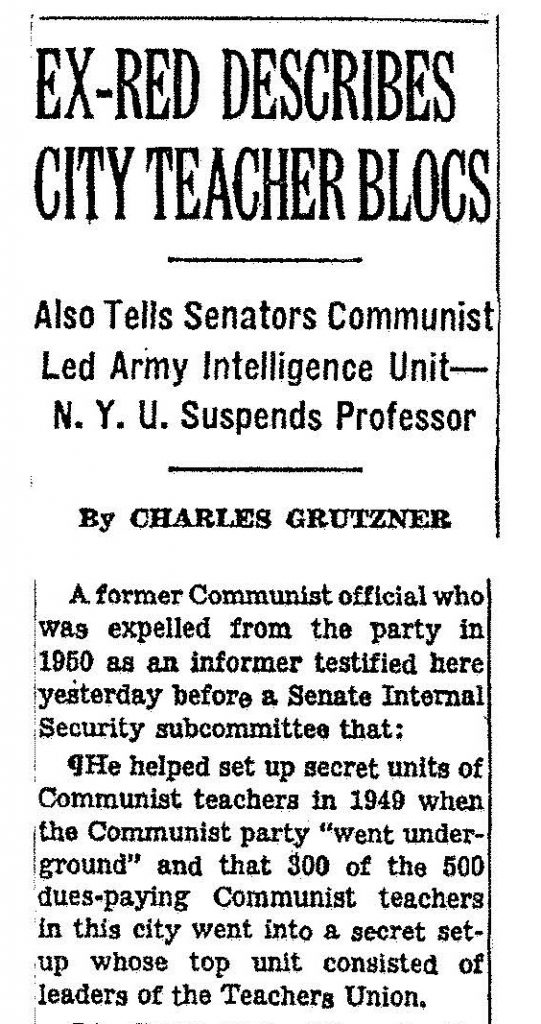
Phillips did not let her dismissal extinguish her passion for science education. While unemployed, she wrote two textbooks, which became university classroom standards: Classical Electricity and Magnetism (1955) and Principles of Physical Science (1957).
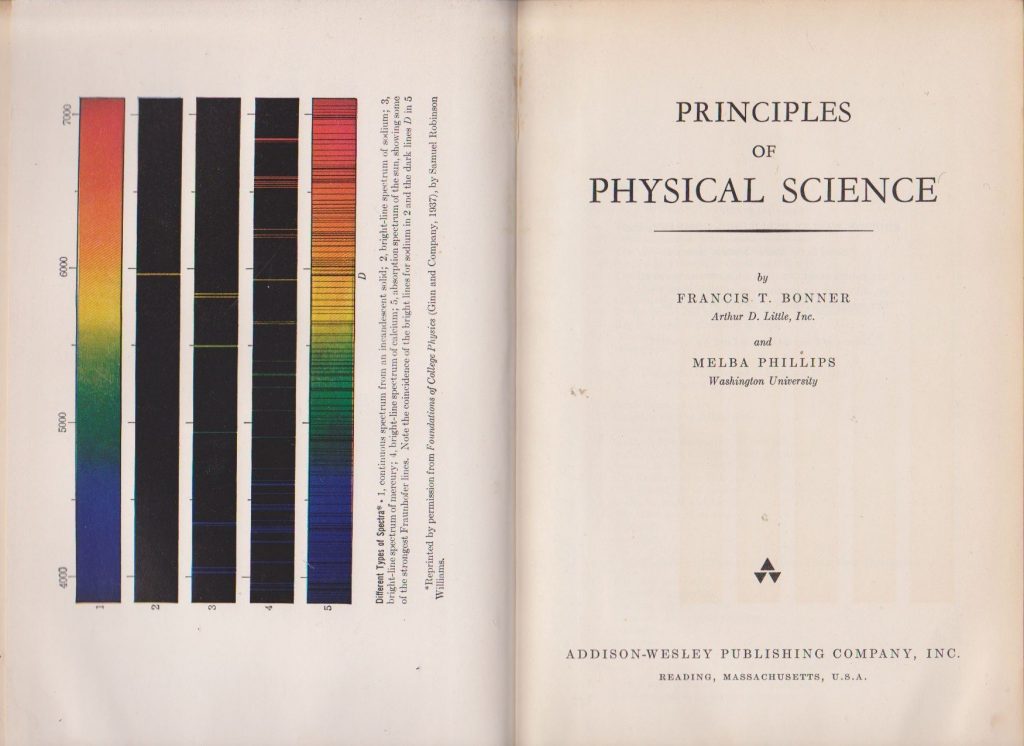
In 1957, Phillips became the associate director of the Academic Year Institute of Washington University in St. Louis, a teacher-training school. Her appointment came at the behest of Edward Condon who had also been named as a security risk by the House Un-American Activities Committee in the early 1950s. On Condon’s decision to hire her, Phillips stated, “there was much discrimination against people who had had any trouble of a ‘political’ kind, and it took a lot of courage, It took courage to hire any of the people in trouble during that time.”
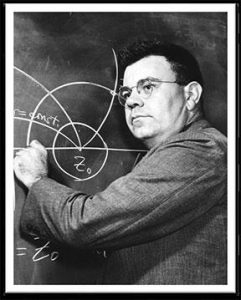
At the institute she developed programs instructing high school teachers about how to teach elementary science and physics. She remained at Washington until 1962 when she joined the faculty of the University of Chicago. Among her accomplishments there, she worked to make science accessible to non-science majors. She also made laboratory work an important part of the student experience. She explained that “we worked very hard in our laboratory in Chicago . . . unless the students get ‘hands on,’ it seems they don’t fully understand the material.”
In 1966, she became president of the American Association of Physics Teachers, of which she had been a member since 1943. This respected organization was founded in 1930 as “a professional membership association of scientists dedicated to enhancing the understanding and appreciation of physics through teaching.” Phillips became not only AAPT’s first female president, but one of its most memorable and effective leaders. Phillips was proud of the work of the organization and wrote the official History of the AAPT. She worked to make physics more important to teachers at the high school level in addition to college. She stated,
“The people in the universities whose future depends on their writing more and more research papers have very little patience with the problems of education at a lower level. This has to do in part with why the Association of Physics Teachers ever got started.”
Phillips remained at the University of Chicago until she retired as Professor Emerita in 1972. Even after her retirement from the University of Chicago, she continued to teach at other schools as a visiting professor. She taught at the State University of New York, Stony Brook from 1972 to 1975, and at the Chinese Academy of Science in Beijing in 1980. Phillips was awarded more honors than can be mentioned without compiling an extensive list. Notably, however, in 1981, the AAPT awarded her the first Melba Phillips Award, created in her honor, “for exceptional contributions to physics education.”

In 1987, Brooklyn College publicly apologized for firing Phillips, and in 1997 created a scholarship in her name. Melba Phillips died on November 8, 2004 in Petersburg, Indiana at the age of 97. The New York Times referred to Phillips in her obituary as “a pioneer in science education” and noted that “at a time when there were few women working as scientists, Dr. Phillips was leader among her peers.” Her accomplishments helped pave the way for other women in the sciences. In a 1977 interview, Phillips addressed the problems women face in aspiring to science careers an a 1977 interview, stating:
We’re not going to solve them, but, as I’ve been saying all the time; if we make enough effort, we’ll make progress; and I think progress has been made. We sometimes slip back, but we never quite slip all the way back; or we never slip back to the same place. There’s a great deal of truth in saying that progress is not steady no matter how inevitable.

